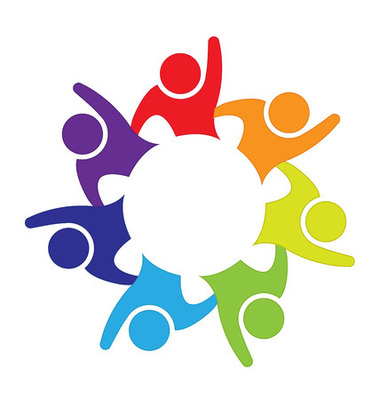Throughout our project, we have endeavored to provide a framework for project-based learning that includes collaboration between students.

We have created products by establishing school teams, sometimes national and sometimes transnational teams.
We also shared input and used data to create content by collaborating between teams.
For most of the common products students from different class groups directly collaborated. While creating teams, volunteering was taken as a basis. And the students themselves decided on the products they were going to produce, and in what way and using what tools.
Our products are created and shared in digital environments. As a result, even though the pandemic slowed us down, it couldn't stop us, and everyone did their best, gained great acquisitions and created wonderful common products.
1. Project Logo
Our students divided into national groups and designed the logo for the project. We uploaded all the logos to a google form and asked students to vote for the one they love the most. And that's how we set our logo.
2. EU Code Week
Each partner school participated in the code week game Mihaela teacher created for the project in school teams. They solved the coding games all together and got their certificates.
3. Coolaborative Presentation on SDGs
17 SDGs were shared by all school teams and they worked on the presantation together to form one leaving noone behind!
4. Advent Calendar
A transnational team with participation from all schools created the advent calendar and all school teams participated in the activities of it.
5. 2022 SDGs Calendar
A transnational team of all schools formed the calendar working collaboratively on Canva file.
6. Interactive World Map with urgent action
With distribution of tasks each school chose a continent to work on and pinned the urgent needs on locations with an explanations. We learned a lot!
7. eSafety Poem
We celebrated Esafety Day giving vent to our poetic inspiration and underlining the rules to follow to be safe online.
8. ESD Learning Scenarios - website
All participant teachers presented an SDG issue to the students on Miro web 2 tool. The students chose the topic they wanted to work on and prepare lesson materials. So multinational teams were formed and creatd a lesson plan for each topic. We uploaded those plans to the website we created. Now it has become an opensource for everyone...